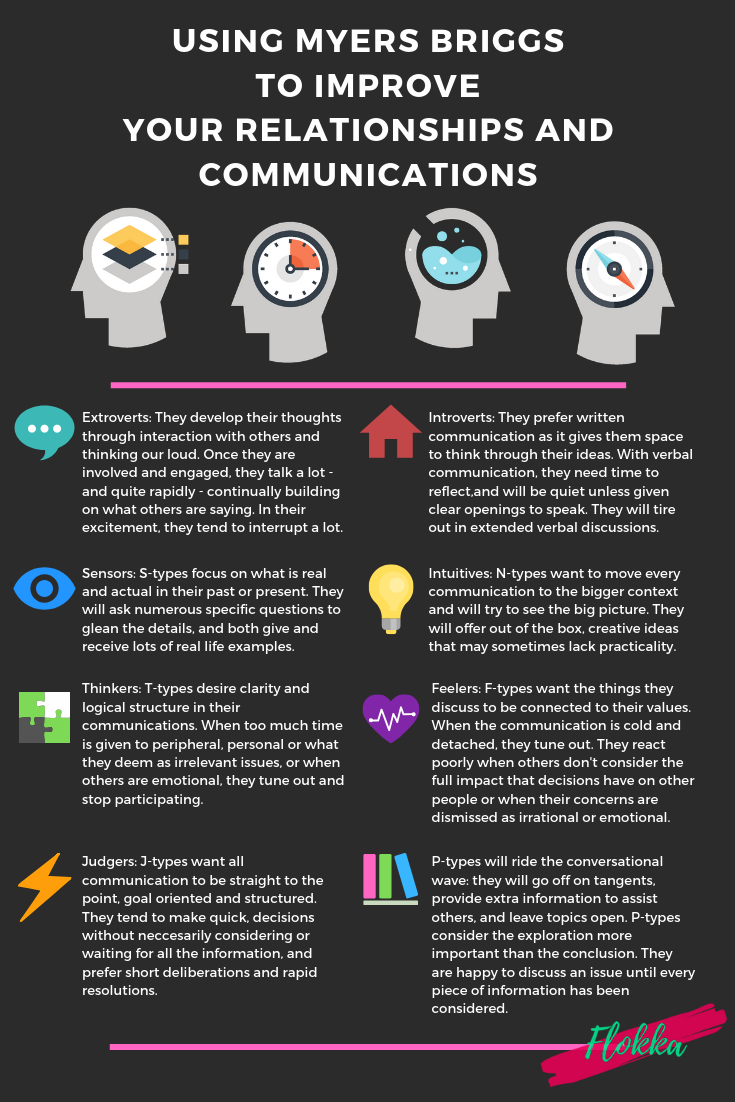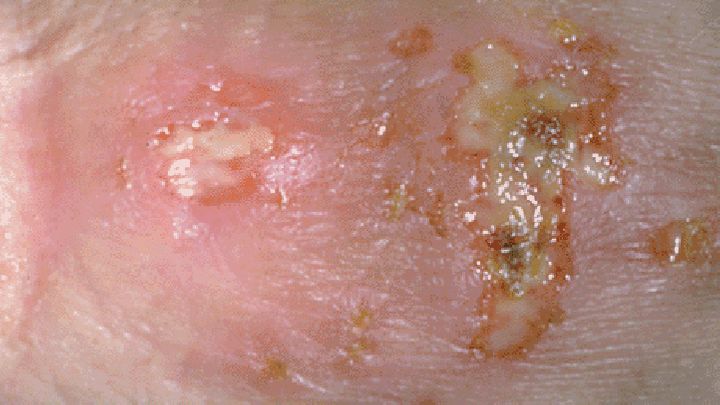What does gonorrhea look like for woman
Basic Fact Sheet Detailed Version. Basic fact sheets are presented in plain language for individuals with general questions about sexually transmitted diseases. The content here can be syndicated added to your web site. Print Version pdf icon.
SEE VIDEO BY TOPIC: What You Need to Know About GonorrheaContent:
3 Sneaky Gonorrhea Symptoms in Women
Back to Health A to Z. It used to be known as "the clap". The bacteria that cause gonorrhoea are mainly found in discharge from the penis and in vaginal fluid. The bacteria can infect the entrance to the womb cervix , the tube that passes urine out of the body urethra , the rectum and, less commonly, the throat or eyes.
The infection can also be passed from a pregnant woman to her baby. Gonorrhoea is not spread by kissing, hugging, swimming pools, toilet seats or sharing baths, towels, cups, plates or cutlery.
The bacteria cannot survive outside the human body for long. If you have any of the symptoms of gonorrhoea or you're worried you may have an STI, you should visit a sexual health clinic for a sexual health test. In men, testing a sample of urine can also diagnose the condition. It's important to get tested as soon as possible because gonorrhoea can lead to more serious long-term health problems if it's not treated, including pelvic inflammatory disease PID in women or infertility.
Gonorrhoea is usually treated with a single antibiotic injection and a single antibiotic tablet. With effective treatment, most of your symptoms should improve within a few days. It's usually recommended you attend a follow-up appointment a week or 2 after treatment so another test can be carried out to see if you're clear of infection. Gonorrhoea and other STIs can be successfully prevented by using appropriate contraception and taking other precautions, such as:. Page last reviewed: 29 June Next review due: 29 June How gonorrhoea is spread The bacteria that cause gonorrhoea are mainly found in discharge from the penis and in vaginal fluid.
Getting tested If you have any of the symptoms of gonorrhoea or you're worried you may have an STI, you should visit a sexual health clinic for a sexual health test. Find a sexual health clinic. You can also contact the FPA sexual health helpline on You should avoid having sex until you have been told you no longer have the infection.
Previous successful treatment for gonorrhoea does not make you immune to catching it again. Get more advice about STIs.
Gonorrhea - CDC Fact Sheet
These are all names for gonorrhea. Gonorrhea is a common sexually transmitted infection, or STI, caused by bacteria. There were a total of , cases of gonorrhea reported in the U.
Gonorrhea is an infection that is spread through sexual contact with another person. The gonorrhea germs are found in the mucous areas of the body the vagina, penis, throat and rectum. Any sexually active person can be infected with gonorrhea. Most often, gonorrhea is found in younger people ages who have multiple sex partners. Gonorrhea is reported more frequently from urban areas than from rural areas.
Gonorrhea 101
Gonorrhea, also called "clap" or "drip," is a common sexually transmitted infection STI. Gonorrhea is a serious infection that is caught by having sex with an infected person. Both men and women can get gonorrhea. The infection is easily spread and most often occurs in people who have many sex partners. Gonorrhea is a bacterial infection. A person can become infected when the bacteria enter any opening in the body, including the penis, anus, vagina, or mouth. The most common site of infection in women is the cervix, the opening from the vagina to the womb. In men, the infection most often starts in the urethra, the tube that carries urine from the bladder to outside the body. If you think you have gonorrhea, or any STI, contact your health care provider.
Gonorrhea Gonococcal Infection (clap, drip)
Any gender can contract it by having sex vaginal, oral, or anal with someone who has the infection. In women and transmen, gonorrhea can enter the anus not only during anal sex but also if infected vaginal secretions are carried toward the anus. Once a person has gonorrhea they can infect another part of their own body. Because people often have no symptoms, a person can unknowingly infect their partner.
Gonorrhea is a sexually transmitted disease STD. It tends to infect warm, moist areas of the body, including the:. Gonorrhea passes from person to person through unprotected oral, anal, or vaginal sex.
8 Symptoms Of Gonorrhea You Might Be Totally Missing
If you buy something through a link on this page, we may earn a small commission. How this works. Gonorrhea is a common sexually transmitted infection STI.
When it comes to sexually transmitted infections, the second most commonly reported communicable disease in the U. It's spread through unprotected vaginal, anal, or oral sex. Gonorrhea can be stealthy because while some infected men may experience a burning sensation when urinating, have discharge from the penis, or occasionally even painful or swollen testicles, there are often no gonorrhea symptoms in women who have been infected. Painful urination: There might be a burning sensation when urinating. Spotting: Bleeding between periods can be a tell-tale sign.
What to know about gonorrhea
Back to Health A to Z. It used to be known as "the clap". The bacteria that cause gonorrhoea are mainly found in discharge from the penis and in vaginal fluid. The bacteria can infect the entrance to the womb cervix , the tube that passes urine out of the body urethra , the rectum and, less commonly, the throat or eyes. The infection can also be passed from a pregnant woman to her baby. Gonorrhoea is not spread by kissing, hugging, swimming pools, toilet seats or sharing baths, towels, cups, plates or cutlery. The bacteria cannot survive outside the human body for long. If you have any of the symptoms of gonorrhoea or you're worried you may have an STI, you should visit a sexual health clinic for a sexual health test.
Gonorrhea is an infection caused by a sexually transmitted bacterium that infects both males and females. Gonorrhea most often affects the urethra, rectum or throat. In females, gonorrhea can also infect the cervix. Gonorrhea is most commonly spread during vaginal, oral or anal sex. But babies of infected mothers can be infected during childbirth.
.
.
.
.
.
.
-
No comments yet.


-Step-3_jpg/aid651845-v4-728px-Lose-Your-Virginity-Without-Pain-(Girls)-Step-3.jpg.webp)




